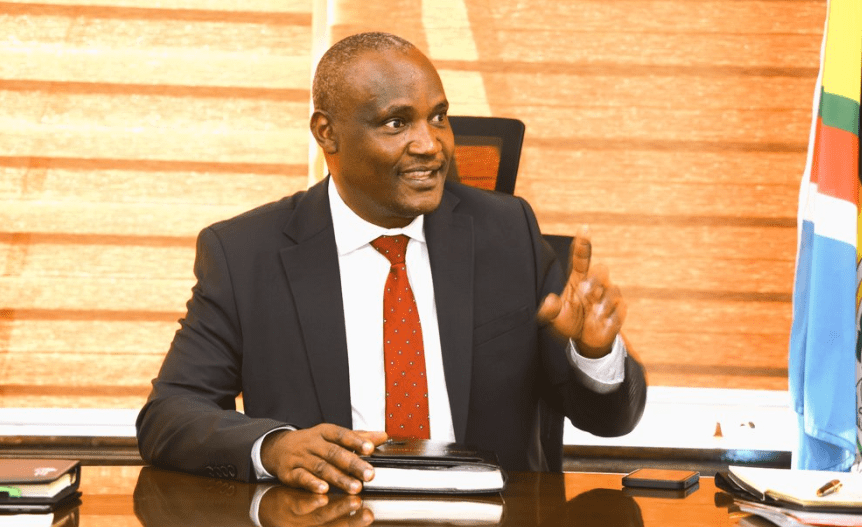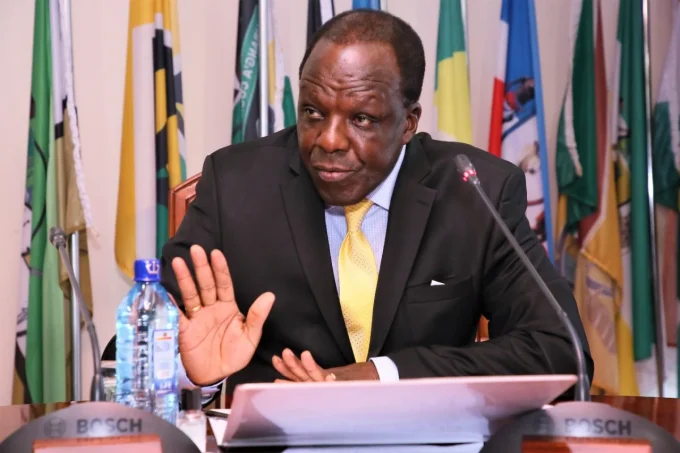Treasury Cabinet Secretary John Mbadi has explained why Global ratings agency Moody’s revised Kenya’s outlook to “positive” from “negative”, despite previous regimes having been rated negative.
Speaking on Monday, February 3, 2024, before members of Bunge la Mwananchi, Mbadi dismissed claims that the positive rating on President William Ruto’s regime was heresay.
In its January rating, Moody’s cited a potential ease in liquidity risks and improving debt affordability over time.
Speaking on Monday, Mbadi attributed the positive rating to Kenya’s ability to repay its debts.
“We are not doing okay but we are better than yesterday. There is this rating from the Moody’s, some people think it is heresay. The credit rating is all about the ability of a country to repay its debts. That can only be assessed through certain fundamentals. The key fundamental is inflation rates. Our inflation rates have shown signs of coming down. It was 9.6 per cent in October 2022. That has come down now to 3.3 per cent,” he added.
Mbadi also says that the country has turned to loans with lower interest rates on its borrowing through Treasury Bills, shifting from 15 per cent to 9 per cent currently.
“When I took over office, we were borrowing at 15.6 per cent through the 91-day treasury bills, today as we speak that has come down to 9.5 per cent, single digit for the first time,” Mbadi said.
“That has given an indicator that we can be able to borrow money cheaply to retire expensive loans. If we are borrowing cheaply to repay expensive laons, that’s the only way you can get out of the debt trap.”
Mbadi stated that Kenya is performing well in terms of repaying its debts, despite the current government inheriting a budget deficit of Ksh925 billion.
“This government took over when the government was already showing signs of defaulting in paying Eurobond which almost caused economic meltdown in this country. The shilling traded to Ksh160 per US dollar because of the signal that was sent to the economy that the government was going to default,” Mbadi added.
“We will only have a breathing space between 2034 and 2048 because in May 2027 there is going to be a Eurobond of USD 900 million to be paid. In February 2028, we are paying another Eurobond of USD1 billion which was taken so many years back. In 2029 its USD1.2 billion, in 2031 we are paying USD1.5 billion and in 2034 we have another USD1.2 billion.”
Read: Kenya’s High Debt to Slow Down Long Term Development
>>> David Ndii on Wasteful GoK, Unpaid Salaries and Debt Repayments












Leave a comment